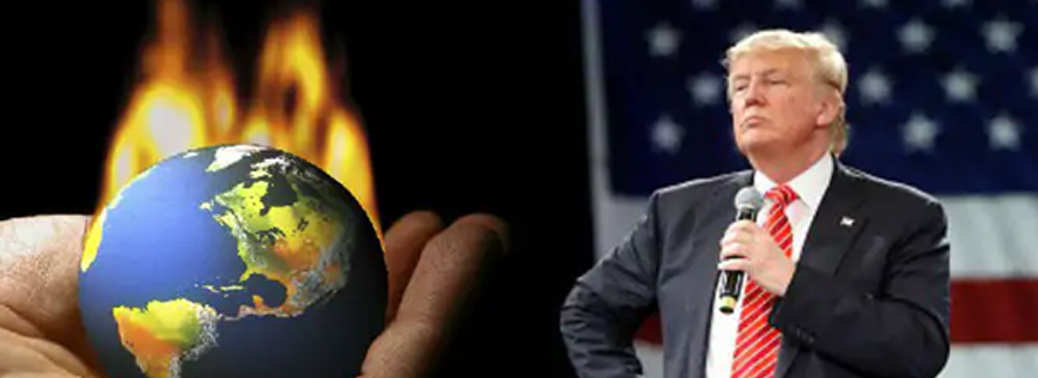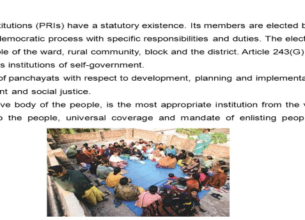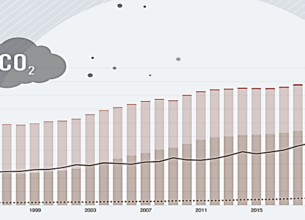U.S.A EXITS PARIS AGREEMENT
07, Nov 2019

Prelims level : Climate change and its Impacts
Mains level : GS-III Conservation, Environmental Pollution and Degradation.
Why in News?
- Recently U.S.A has notified the United Nations of its withdrawal from the landmark climate deal by initiating the process of leaving the Paris Agreement.
About Paris Agreement:
- The Paris Agreement of 2016 is an international accord that brings almost 200 countries together in setting a common target to reduce global greenhouse emissions in an effort to fight climate change.
- Parties to UNFCCC agreed to strive to limit the rise in global warming to well under 2 degrees Celsius and to try and limit the temperature increase even further to 1.5 degrees Celsius, over pre-industrial levels by 2100, under Paris Agreement.
- Nationally determined contributions (NDCs) were conceived at Paris summit which require each Party to prepare, communicate and maintain successive nationally determined contributions (NDCs) that it intends to achieve.
- Parties shall pursue domestic mitigation measures, with the aim of achieving the objectives of such contributions.
- Paris Agreement replaced earlier agreement to deal with climate change, Kyoto Protocol.
Procedure to leave the Pact:
- A country can leave the pact through Article 28 of the Paris Agreement which allows countries to leave the Paris Agreement. It also lays down the process for leaving the agreement.
- A country can only give a notice for leaving at least three years after the Paris Agreement came into force.
- The agreement has come into force on November 4, 2016. Therefore, the US was eligible to move a notice for leaving on November 4 this year, which it did.
- The withdrawal is not immediate, however. It takes effect one year after the submission of the notice. It means the United States will be out of Paris Agreement only on November 4 next year.
- After it leaves, the US will be the only country left out of the global protocol. Syria and Nicaragua, the last remaining countries who were earlier holding out, also became signatories in 2017.
Implications of the above move:
- The biggest impact of the exit of the United States from the Agreement might be on the financial flows to enable climate actions. The United States plays a preeminent role in mobilising financial resources globally, and its absence from the scene could seriously hamper that effort.
- The United States is the world’s second largest emitter of greenhouse gases. If it does not reduce its emissions befitting its status as the second largest emitter, it could seriously jeopardise the world’s objective of keeping the global temperature rise to within 2 degrees Celsius from pre-industrial times.
- Under the Paris Agreement, developed countries are under obligation to mobilise at least $100 billion every year from the year 2020 in climate finance meant for the developing world. The exit of USA might hamper these efforts too.
- While exiting the Paris Agreement does not automatically mean the abandonment of this target or of any future action by the United States on climate change, it would no longer be committed to the targets recommended by Paris Agreement.
Can U.S.A re-join the pact at a Later Date?
- It can re-join the agreement whenever it wishes to do so. There is no bar on a country re-joining the Paris Agreement.
- It is also possible that the United States does a rethink and actually never leaves the Paris Agreement. It has one full year to reconsider its decision.








